Reducing the voltage and starting current
The series-connected chokes (Figure 1) or resistors (Figure 2) reduce the voltage at the motor and hence also the starting current. The starting torque is reduced by around the square of the current.
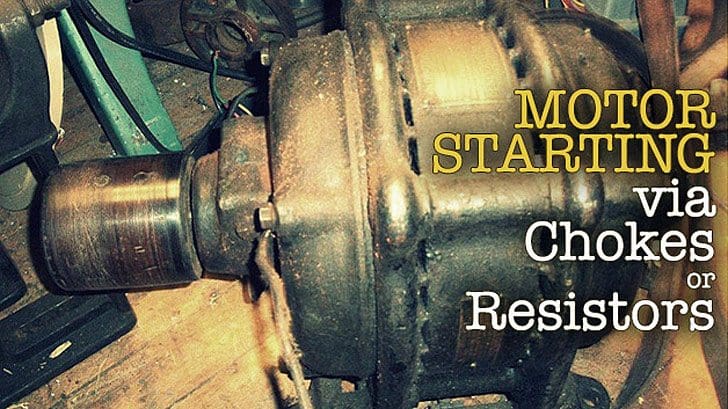
Starting via chokes
At rest the motor impedance is small. Most of the supply voltage drops across the series-connected chokes.
With increasing speed, the voltage across the motor increases because of the fall of the current consumption and the vectorial voltage distribution between the motor and the reactance connected in series.

Hence the motor torque also increases. After the motor start-up, the chokes are shorted by the time-delayed main contactor K1M and the starting contactor K2M is dropped out.
Starting via resistors
The basic circuit diagram is the basically the same as described above, with only difference that the chokes are replaced by lower-cost resistors.
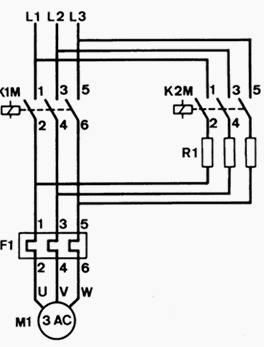
With this method, the starting current can only be slightly reduced, as the motor torque falls with the square of the voltage and the voltage across the motor, other than with starting via chokes, only increases slightly with increasing speed. It is more advantageous to reduce the series-resistance during starting in steps.
A simpler solution are enclosed electrolytic resistors with a negative temperature coefficient. Their ohmic resistance decreases automatically during starting because of heating by the starting current.
Reference: Low voltage switchgear and control gear application guide – A technical reference handbook for electrical engineers by NHP


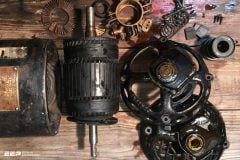


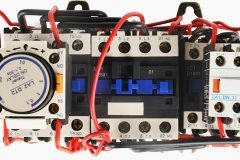



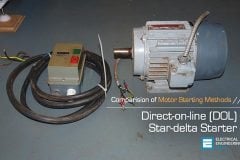

now you explained the biggest problem of the World and why we consumed 50% more energy and why we can avoid this by using inverters for example by cars or climatization. we can cut the energy by 50% by increasing oilprices. another problem is the electrical motor dont use a mechanical vitess gear. you could use it but it would work only 4 months so itisnt a solution. THIS IS THE BIGGEST PROBLEM BY ELECTROTECHNİK ANT IT MAKES ALSO VOLTAGE DROP BY DYNAMIC LOADS for example by trains. so if you solve this problem you could also dimension the cables 6 times thinner or could use at home 6 times bigger motors. for example by air cleaners. it is a much bigger problem and easier to solve then by wind generators etc. first patents were 1967 and then 1985 under the name motor start and vectorial control by Siemens. vectorial control means the gear could replaced by electronics so dc motor could replaced by ac motor. i do that since 1981 best electronics for that you can find by freescale microchip infineon atmel.
Thanks for the information. Can you please give me the working philosophy for starter panel? How do we calculate the value of resistors, contactors ? No of step required? Also can you put some light on field trimmer resistors and what impact does it make?